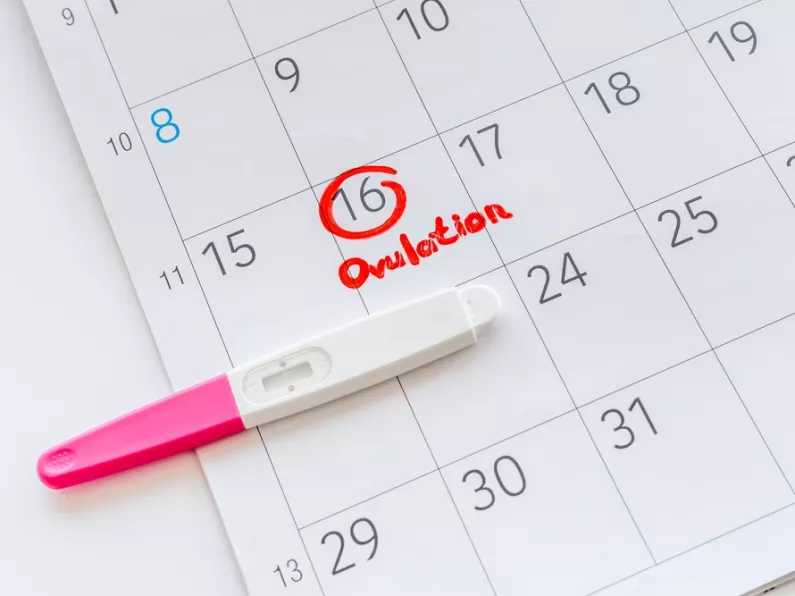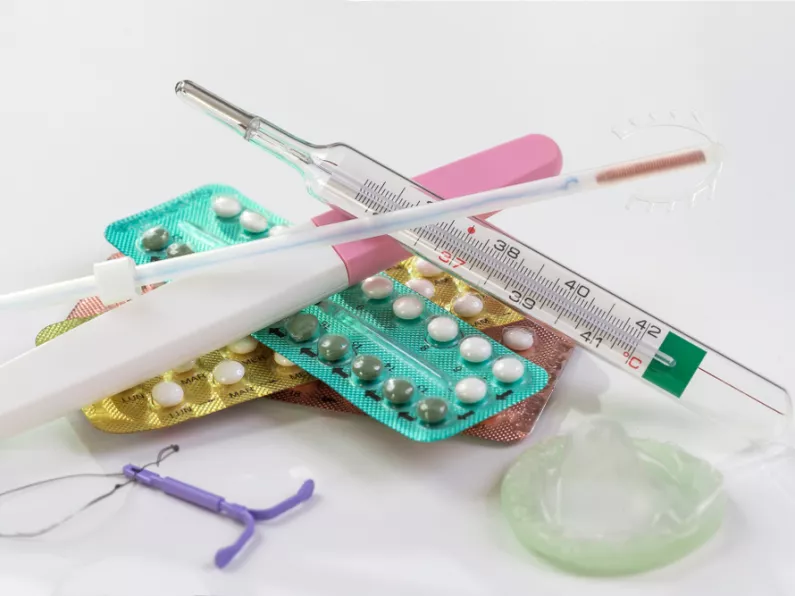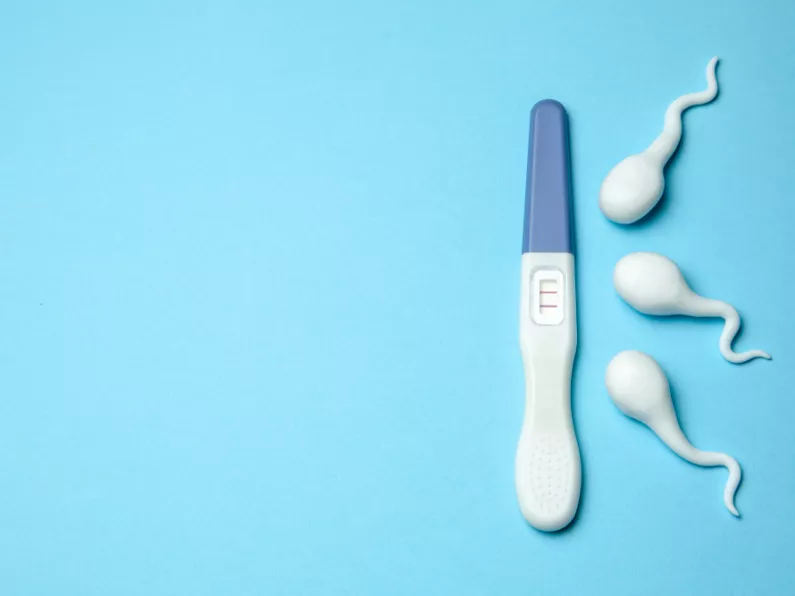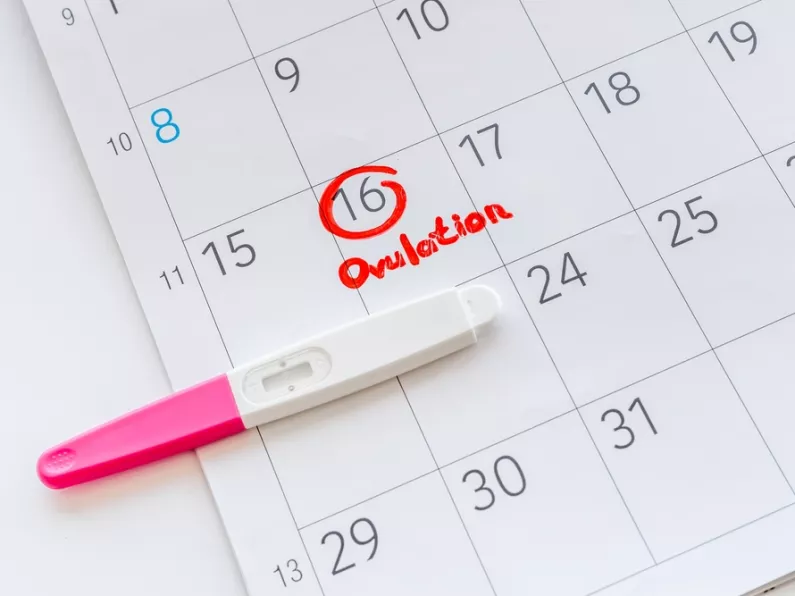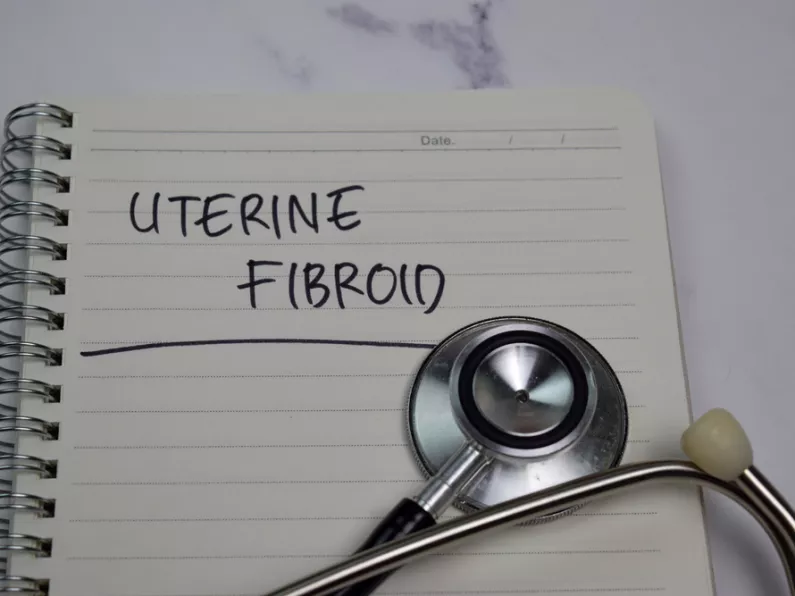Ovulation calculator
The average cycle for most women is 28 days, meaning there are roughly six days each month when you can get pregnant.
These include the day of ovulation, and the five days before (as sperm can survive for a few days after sex).
Having sex within this window is key, though it shouldn't be limited to only these dates.
The first step in calculating this is to chart your menstrual cycle and record how long it lasts.
Day one is the first day of your period. Since the length of your cycle can vary slightly from month to month, it's best to keep track for a few months in order to work out the average.
Once you have this, subtract 18 days from the length of your shortest cycle to find the first day you’re likely to be fertile, and subtract 11 days from your longest cycle to find the last day you’re likely to be fertile.
The window between these two dates gives you the days on which you’re most likely to get pregnant.
There are some great FREE apps to help you track your cycle.
Basal body temperature
Basal body temperature (BBT) is your lowest body temperature in a 24-hour period, taken first thing in the morning.
A slight rise in BBT (often as slight as 0.25 to 0.5°C) is one of the signs that your body is ready to ovulate.
This means that by recording your temperature at the start of every day, you should be able to see the subtle changes that mean one of your ovaries has released an egg.
You’ll need a basal body thermometer, which is more sensitive than a standard one, and can track changes down to a fraction of a degree.
For best results, take your temperature at the same time each morning.
It’s important to do this before you eat, drink, have sex, or even sit up in bed; so keep the thermometer and a notebook nearby.
Remember, it may take a couple of months before you start to see a pattern, but over time you’ll be able to understand what you’re seeing better.
Once your temperature rises, it’s actually slightly late for fertilisation, as temperature changes usually occur 24 hours or more after the release of an egg. This means that the technique should be used for prediction, not as a green light to start trying.
You're most likely to get pregnant two or three days before your ovary releases an egg, and then another 12 to 24 hours after that.
When your temperature has spiked for three days, your chances of conceiving drop.
Check your cervical mucus
Throughout the month, your cervical mucus changes in consistency and colour. Just before and during ovulation, the amount, colour, and texture change to make it easier for you to get pregnant, which is another very simple way to detect ovulation.
As your ovaries prepare to release an egg, your cervix makes more mucus.
A few days before ovulation, it may be sticky, cloudy or whitish. Right before you ovulate, the mucus gets more slippery and stretchy, like egg whites.
This stage, which usually lasts three to four days, is when you're most likely to get pregnant.
A good time to check your cervical mucus is first thing in the morning, but it can be done at any time of day.
Keep in mind that other things, like breastfeeding, thrush, or using hygiene products can also affect your cervical mucus' appearance, which is why it is best charted in conjunction with other tests.
What if charting doesn't work for me?
Even the most organised planners may find natural prediction methods tricky, as even regular cycles may not have ovulation after exactly 14 days.
An alternative to this is using an ovulation predictor kit, which measures hormone levels in order to indicate when you’re about to ovulate.
However, as long as you are regularly having sex (at least three times per week), particularly during the middle two weeks of your cycle, it’s not necessary to calculate your ovulation at all.

